We’ll go across the worlds of polymers, metals, fibers, and more in this investigation of Types Of Packaging Materials For Food.
We’ll delve into the science underlying packaging materials, consider how they affect the environment, and look at the most recent developments influencing food packaging going forward.
The function of packaging materials in the food industry is as diverse as the products they safeguard, with potential benefits including increased shelf life, decreased food waste, and improved consumer convenience.
Come explore this crucial segment of the food supply chain where consumer demand, sustainability, and science meet.
The distinctions between materials that are biodegradable, compostable, and recyclable.
- Materials that can be recycled:
After serving their initial purpose, materials that can be converted into new products are known as recyclable materials.
Usually, these materials are cleaned, sorted, and then processed again to create new materials or products.
Paper, cardboard, glass, aluminum, and certain polymers (such as PET and HDPE) are examples of common recyclable materials.
Recycling aids in lowering the energy, raw materials, and pollution costs related to the creation of new materials. - Compostable Substances:
Items that decompose into their constituent elements inside a composting setting are considered compostable materials.
Since they can break down organically without leaving behind hazardous residues, they are mostly sourced from plants.
Yard trash, paper products, certain bioplastics, and food scraps are examples of materials that can be composted.
These materials compost well, improving soil quality and lowering the demand for artificial fertilizers. They also generate less waste for landfills. - Materials that Decompose Biodegradably:
When bacteria or fungi break down biodegradable materials, they can release carbon dioxide, water, and biomass.
Biodegradable materials, in contrast to compostable materials, can break down in a variety of settings, such as soil, water, and landfills.
However the term “biodegradable” might be deceptive because not all products that are labeled as such will break down quickly and won’t leave behind toxic residues.
A broad variety of items are considered biodegradable, such as organic matter, packaging materials, and some types of plastic.
Consider these 8 environmentally friendly types of packaging materials for food.
1. Biodegradable Plastics: Unlike ordinary plastics, these materials are made to naturally decompose over time, lessening their influence on the environment. Renewable resources like sugarcane or maize starch can be used to make them.
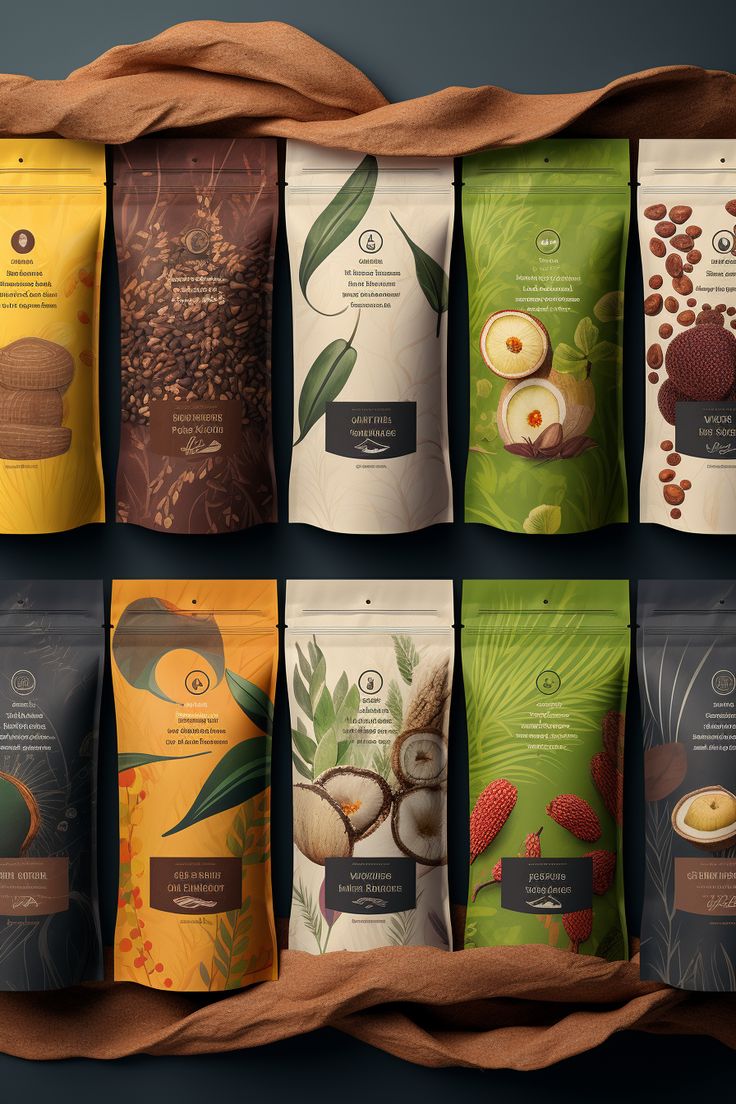 Credit by ecolutionpackaging.com
Credit by ecolutionpackaging.com
2. Compostable Packaging: Compostable materials provide a sustainable end-of-life solution since they decompose into organic matter. Compostable PLA (polylactic acid) derived from potato or maize starch is one example.
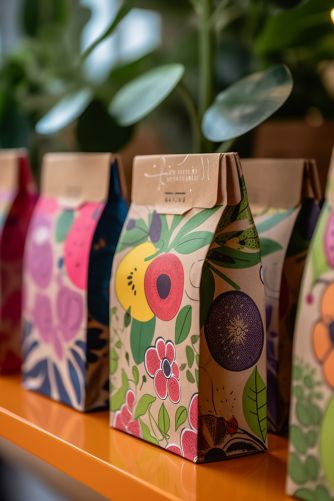 Credit by ecolutionpackaging.com
Credit by ecolutionpackaging.com
3. Recycled Paperboard: Paperboard packaging is recyclable and biodegradable since it is made from recycled paper fibers. It works well with a variety of food items, including snacks, cereals, and frozen foods.
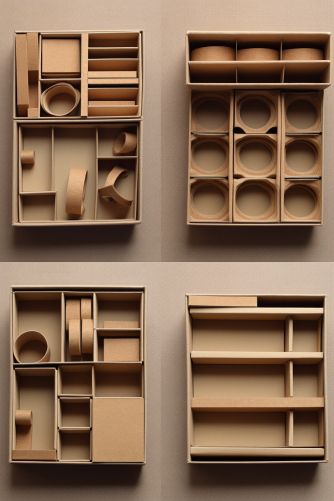 Credit by ecolutionpackaging.com
Credit by ecolutionpackaging.com
4. Mycelium packaging: Commonly referred to as mushroom packaging, is derived from the roots of mushrooms. It is moldable into numerous shapes to accommodate different food items and is disposable and biodegradable.
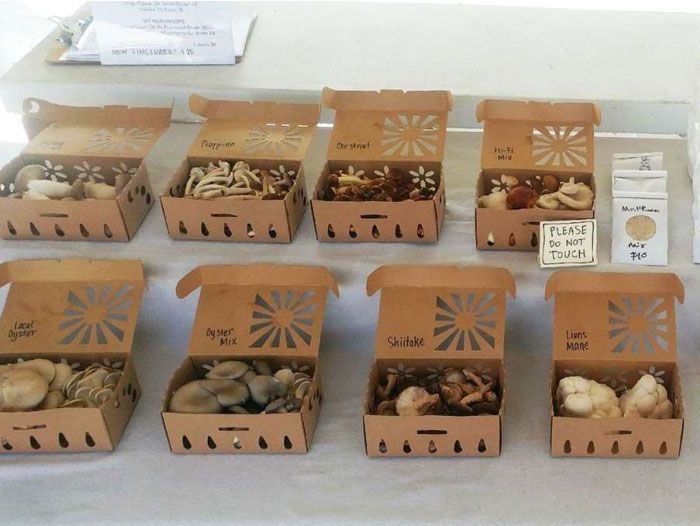 Credit by Perishablenews.com
Credit by Perishablenews.com
5. Reusable Containers: Reusable packaging eliminates the need for single-use packing since sturdy containers made of materials like glass or stainless steel can be used repeatedly. Items like meal prep kits and bulk groceries are perfect for them.
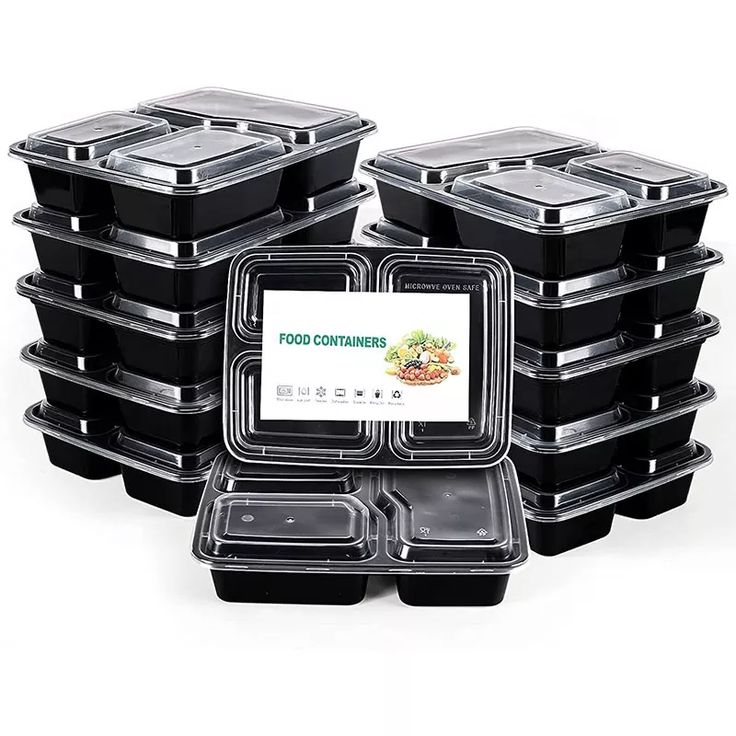 Credit by alibaba.com
Credit by alibaba.com
6. Plant-based Films: A biodegradable substitute for conventional plastic wrap is films manufactured from plant-based ingredients like cellulose or cornflour. They can be used to wrap sandwiches or package fresh goods.
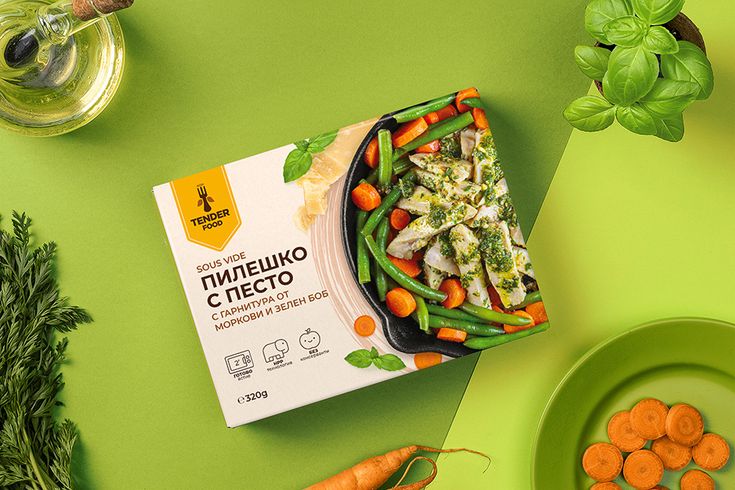 Credit by 2D STUDIO
Credit by 2D STUDIO
7. Recycled Aluminum: Utilizing recycled aluminum in food packaging lowers the need for new materials because aluminum is a highly recyclable material. Canteen-style meals and drinks work very well with it.
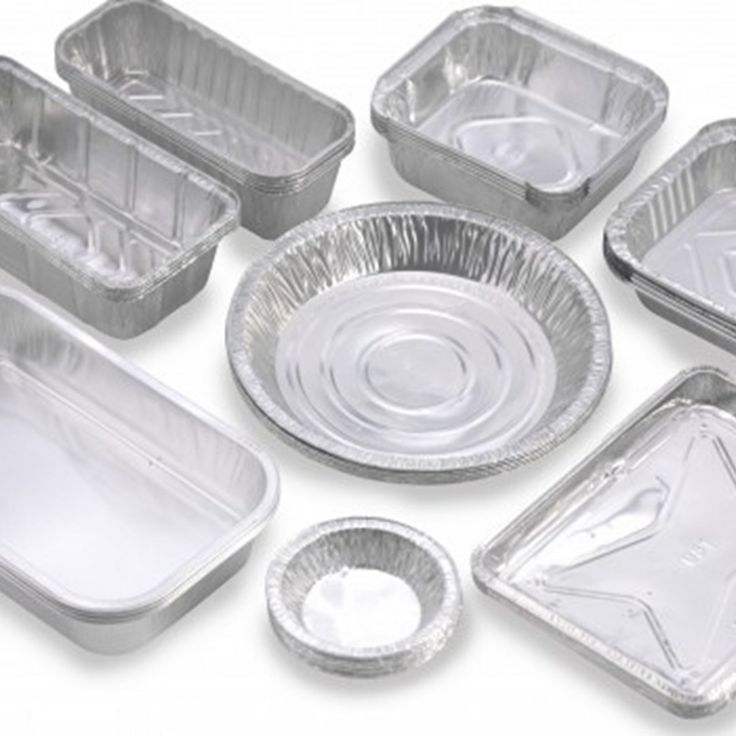 Credit by Pinterest.com
Credit by Pinterest.com
8. Bagasse Packaging: Made from the leftovers of sugarcane processing, bagasse is used to produce takeaway containers, plates, and bowls. It decomposes and biodegrades.
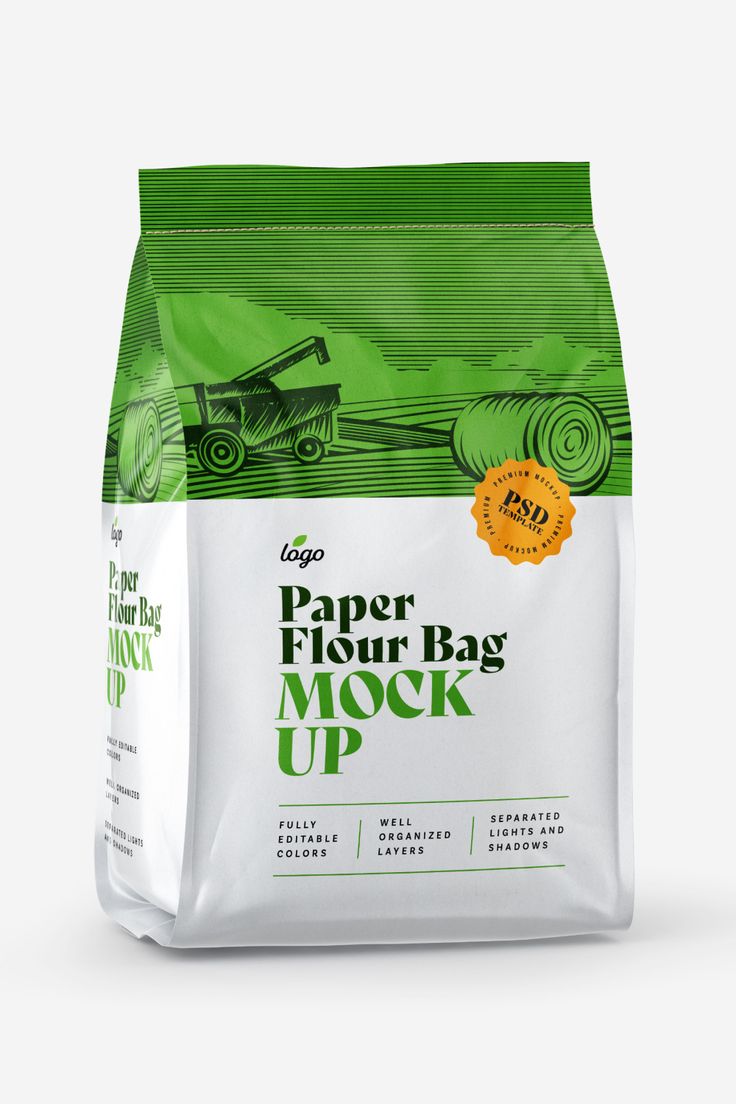 Credit by Knyazik
Credit by Knyazik
Read Also: 11 The Most Unique Packaging Ideas For Food Trending Now
FAQs:
- Types of packaging materials for food: what are they?
Paper, cardboard, glass, metal, plastic, and biodegradable/compostable materials are common materials used in food packaging. - How can I select the ideal food product packaging material?
Examine elements like food type being packaged, shelf life specifications, environmental effects, laws, and consumer preferences. - Could you describe the distinctions between food packaging made of plastic, glass, metal, and paper?
Plastic is adaptable and lightweight, but it can cause environmental problems. Although glass is strong and offers great product visibility, it can also be fragile and heavy. Although metal is robust and has good barrier qualities, it might need to be coated specifically for food contact. Although paper-based packaging is biodegradable and recyclable, its barrier qualities might be restricted. - What effects do various packing materials have on the freshness and shelf life of food items?
By acting as barriers against moisture, oxygen, light, and other elements that can cause deterioration or spoiling, packaging materials can affect the freshness and shelf life of food. - Which types of packaging materials for food have advantages and disadvantages?
Several variables, including price, performance, influence on the environment, and customer perception, affect the pros and negatives. For instance, plastic can cause pollution even if it is lightweight and adaptable.
Conclusion:
We have come across an amazing range of possibilities and considerations while exploring the topic of types of packaging materials for food. The food sector requires a range of materials, each with specific qualities that meet its needs. These include the robustness of metals, the organic charm of fibers, and the versatility of polymers. We have battled with the environmental impact of these materials during our exploration, uncovering more science and emphasizing the urgent need for environmentally friendly choices.



